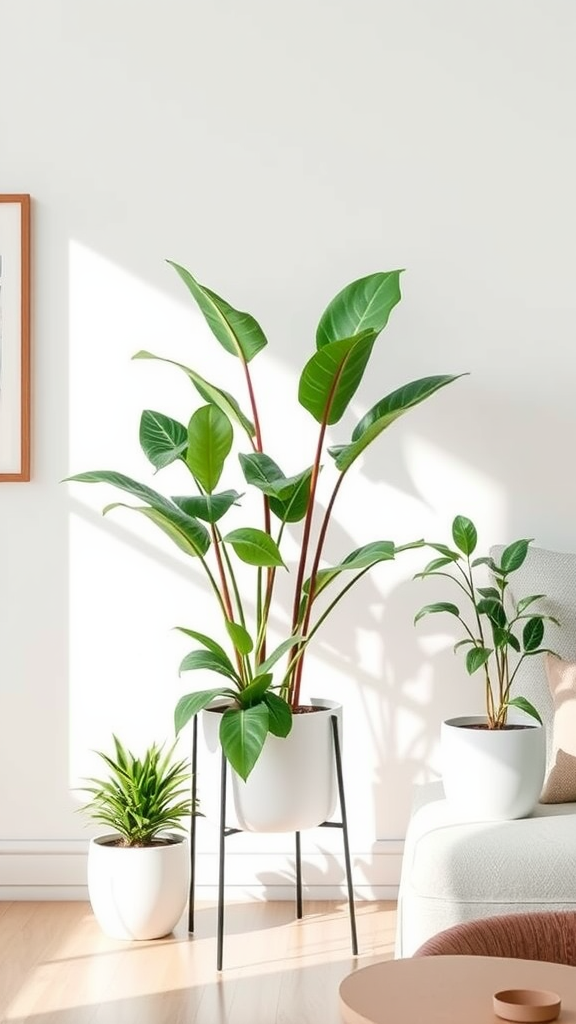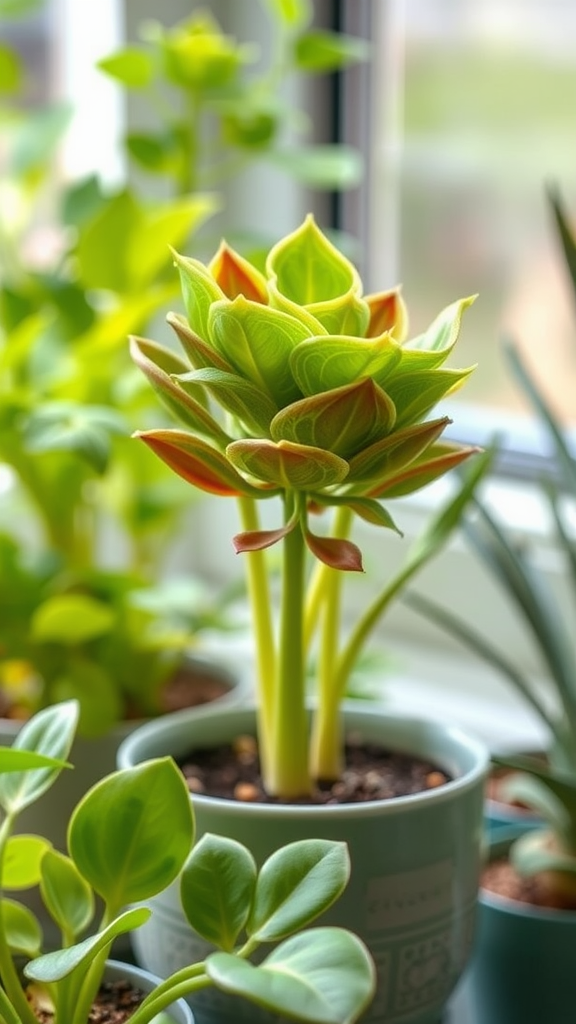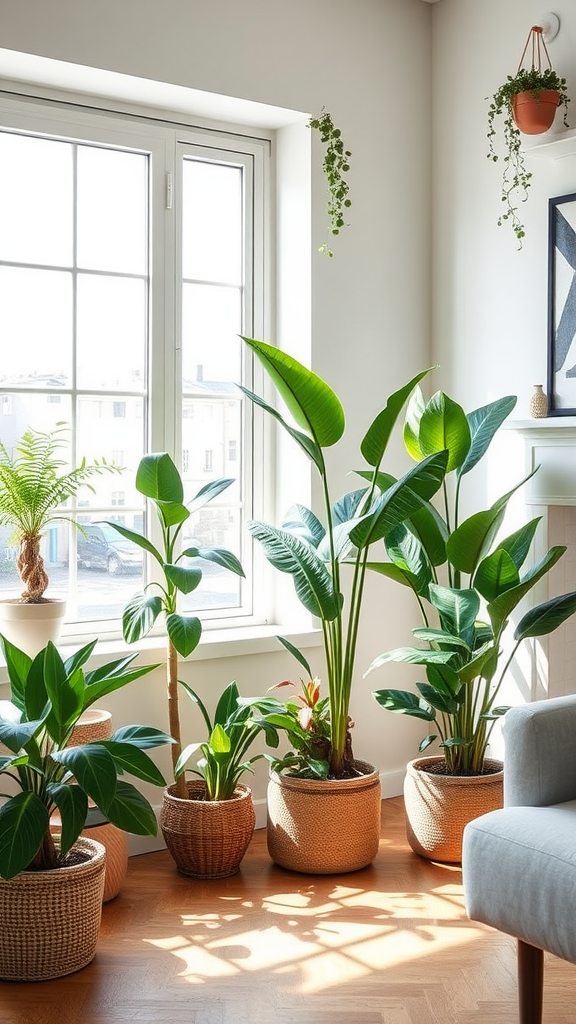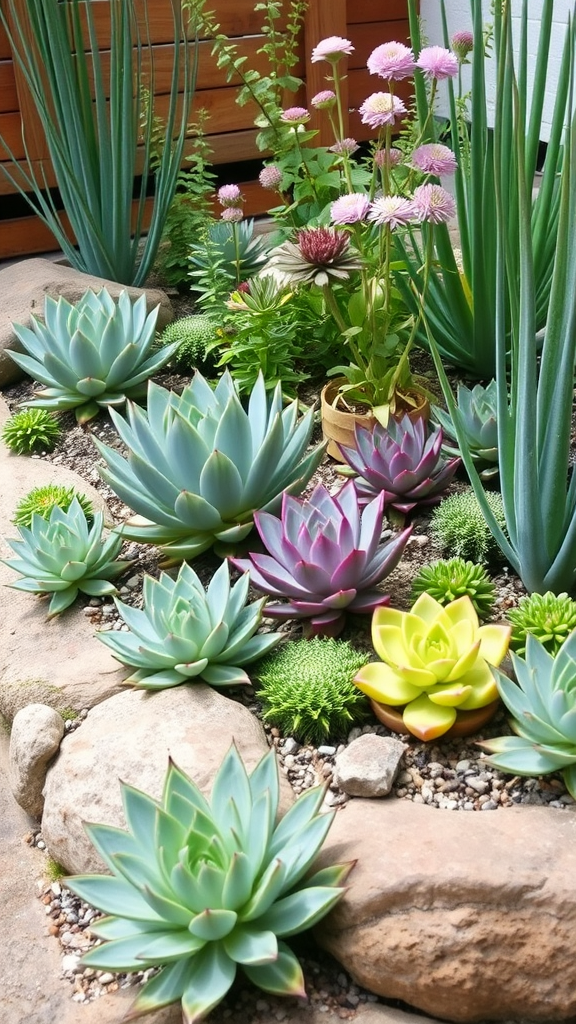Creative Ways to Incorporate Plants into Your Green Living Journey
If you’re looking to embrace green living in your daily life, incorporating plants is a fantastic way to go about it. Not only do plants purify the air, but they also add beauty to your space. Here are some creative ideas to help you integrate plants into your sustainability journey.
1. Start with Indoor Gardening
Indoor gardening is a wonderful way to bring nature inside your home. You can start small with just a few potted plants. Herbs like basil, mint, and parsley are perfect as they can thrive indoors and be used in your cooking.
2. Create a Vertical Garden
Space can often be a constraint, especially in urban settings. A vertical garden can maximize your plant space beautifully. You can use wall-mounted planters or even repurpose wooden pallets to create a stunning green wall that improves air quality and adds a vibrant aesthetic.
3. Use Plants for Natural Air Purifiers
Many plants are effective at removing toxins from the air. Consider adding spider plants, peace lilies, or snake plants to your living areas. Not only do they help filter the air, but they also require minimal care, making them perfect for beginners.
4. Try Container Gardening
Container gardening is another easy way to embrace green living. You can start a small garden in pots on your balcony or even your windowsills. This method allows for great flexibility with plant choices, ranging from flowers to vegetables.
5. Participate in Community Gardening
Joining a local community garden can connect you with like-minded individuals while deepening your commitment to green living. This active involvement allows you to learn new gardening techniques and share the harvest with your community.
6. Use Plants for Natural Decoration
Plants can serve as beautiful and sustainable decorations. Arrange succulents in unique containers like mason jars or even teacups to create charming centerpieces. This not only enhances the aesthetic of your space but promotes eco-friendly practices.
7. Create an Outdoor Sanctuary
Transform your backyard or balcony into a green sanctuary. Incorporate a variety of plants, seating, and perhaps a water feature to create a tranquil space. This not just beautifies your area but also encourages you to spend more time outdoors, which is good for your mental health.
8. Use Natural Materials for Planters
When choosing planters, opt for natural materials such as terracotta or wooden containers. These materials not only look great but are also environmentally friendly. You can even make your own planters from recycled items like old tin cans or crates for a personal touch.
9. Use Plants in Your Workspace
Bring greenery to your workplace by adding desk plants. Small plants like lucky bamboo or a small potted fern can create a positive atmosphere and help reduce stress levels. A green workspace can improve focus, making it easier to stay productive.
10. Explore Edible Plants
Consider growing edible plants in your spaces. You can grow tomatoes, bell peppers, or even strawberries in pots or small garden beds. Not only will this reduce your carbon footprint by minimizing packaged foods, but it’ll also give you fresh, homegrown produce right at your fingertips.
Integrating plants into your everyday life not only enhances your green living experience but also brings numerous benefits for your physical and mental well-being. Whether you start small with indoor plants or create a fully-fledged garden, every bit counts toward a more sustainable lifestyle.
Remember, every plant you add is a step closer to a healthier planet. Embrace these creative ideas and watch as your space transforms into an oasis of green. Happy planting!
The Benefits of Indoor Plants for a Sustainable Lifestyle
Indoor plants bring a wealth of benefits that align perfectly with a sustainable lifestyle. By incorporating greenery into your home, you can foster a healthier living environment, improve your mental well-being, and contribute positively to the planet. Here are some compelling reasons why indoor plants should be a part of your sustainable lifestyle.
Air Quality Improvement
One of the standout benefits of indoor plants is their ability to enhance air quality. Plants naturally absorb carbon dioxide and release oxygen, creating a fresher atmosphere. Some types of indoor plants, like snake plants and peace lilies, are particularly effective at filtering out harmful toxins such as formaldehyde and benzene, commonly found in household products.
Reduction of Energy Costs
Indoor plants also contribute to energy efficiency. By strategically placing plants around your home, you can naturally regulate humidity levels and temperature, which can lead to lower heating and cooling costs. For instance, a well-placed ficus tree can help cool a room, reducing the need for air conditioning in hot weather.
Mental Health Benefits
There’s a strong connection between plants and mental well-being. Studies show that having indoor plants can reduce stress, anxiety, and depression. The act of caring for plants can provide a sense of purpose, and their presence can boost mood and productivity. A simple addition like a desk plant can create a more enjoyable workspace.
Connection to Nature
In our increasingly urbanized world, bringing plants indoors helps reconnect us with nature. This natural connection is essential for well-being. By nurturing houseplants, you can cultivate mindfulness and appreciation for the environment, becoming more aware of your ecological footprint.
Educational Opportunities for All Ages
Keeping indoor plants offers great educational opportunities, especially for children. It teaches them about responsibility and the life cycle of plants. By involving kids in caring for plants, you’re instilling values of sustainability and caring for the environment at an early age.
Enhanced Aesthetics
Indoor plants can transform a dull or sterile space into a vibrant oasis. The colors and textures of different plants can complement your decor while also making your living space feel cozier. Consider larger plants, like a rubber tree or monstera, to serve as focal points that enhance overall aesthetics.
Encourage Biodiversity
Having a variety of indoor plants can promote biodiversity within your home. This not only supports a diverse ecosystem but also contributes to a greater understanding of plants’ roles in nature. Selecting native species or those that require minimal maintenance can enhance your connection to local flora and fauna.
Simple Tips for Indoor Plants
- Start Small: If you’re new to caring for plants, choose easy-to-care-for varieties like pothos or spider plants.
- Find the Right Spot: Assess the light conditions in your home. Some plants thrive in low light, while others require bright, indirect sunlight.
- Create a Watering Schedule: Consistent watering is crucial. Use reminders or a calendar to stay on track.
- Group Plants Together: Grouping plants can create a mini ecosystem that retains moisture and encourages healthier growth.
- Experiment with Different Types: Don’t hesitate to explore various plants, including succulents, herbs, and flowering varieties.
Supporting Local Communities
Buying indoor plants from local nurseries or farmers markets supports your community’s economy. It reduces the environmental impact associated with transporting plants over long distances. Additionally, local growers are often more knowledgeable about best practices for sustainable plant care, which can enhance your experience as a plant owner.
Indoor plants into your living space offers numerous benefits for both your well-being and the environment. From improving air quality and lowering energy costs to enhancing your mood and connecting with nature, the advantages are abundant. By choosing to embrace plants in your home, you are making a simple yet impactful choice that contributes to a more sustainable lifestyle. So why not start today? Your mind, body, and the planet will thank you!
Conclusion
Embracing a green living journey through the incorporation of plants offers a multitude of benefits for both you and the environment. By finding creative ways to integrate greenery into your daily life—be it through vertical gardens, indoor herb pots, or repurposing old containers for plant displays—you not only enhance your living space but also contribute to a vibrant ecosystem that invites life and energy into your home.
Indoor plants serve as an effective tool to purify the air, improving air quality and fostering a healthier living environment. Beyond their aesthetic appeal, these natural companions can also reduce stress, promote productivity, and bring a sense of calmness to your surroundings. With this added tranquility, the act of nurturing plants can become a fulfilling hobby that connects you with nature, even in an urban setting.
Adopting green living practices with plants isn’t just about making your home beautiful; it’s also a commitment to sustainability. Every plant you care for represents a step towards a more eco-friendly lifestyle, providing oxygen, absorbing carbon dioxide, and supporting biodiversity. Whether you’re an experienced plant parent or just starting your journey, incorporating greenery into your life can be both an enjoyable and impactful decision.
As you explore these creative ideas and understand the benefits of indoor plants, you will discover that small changes can lead to significant environmental impact. So go ahead, bring more plants into your life, and enjoy the countless rewards they provide.





